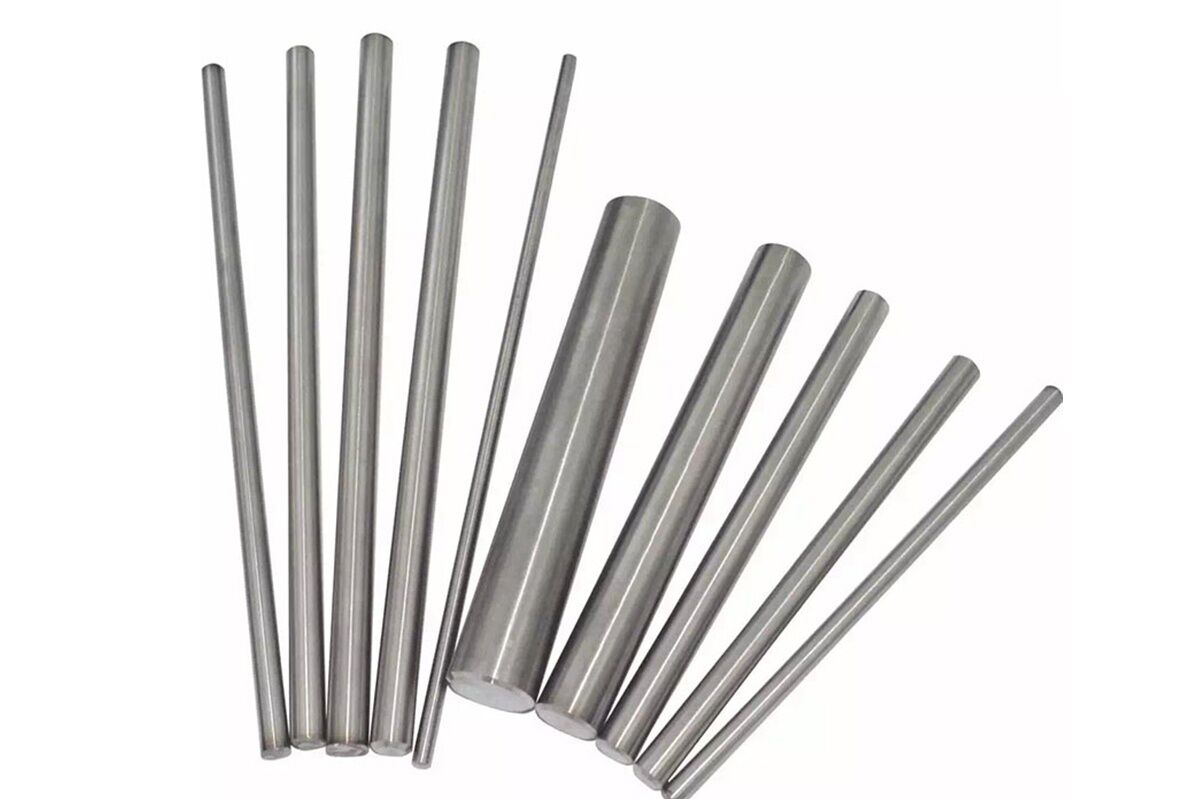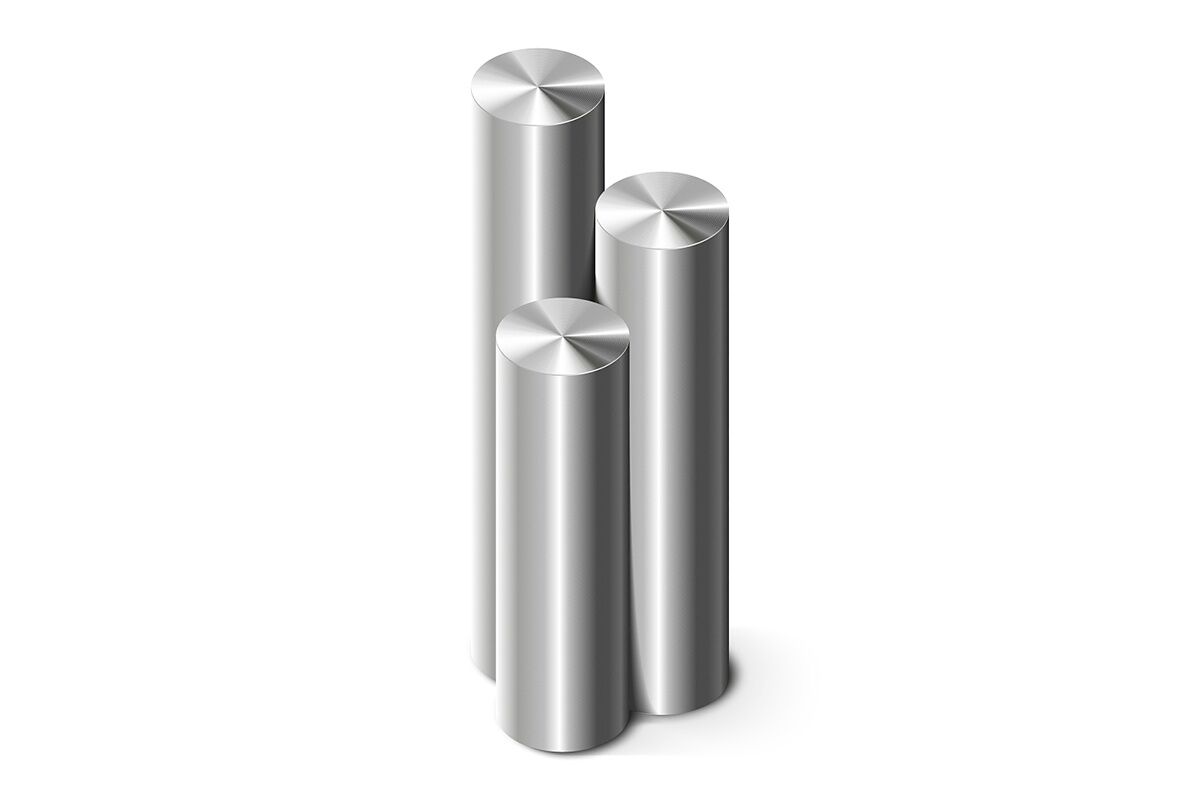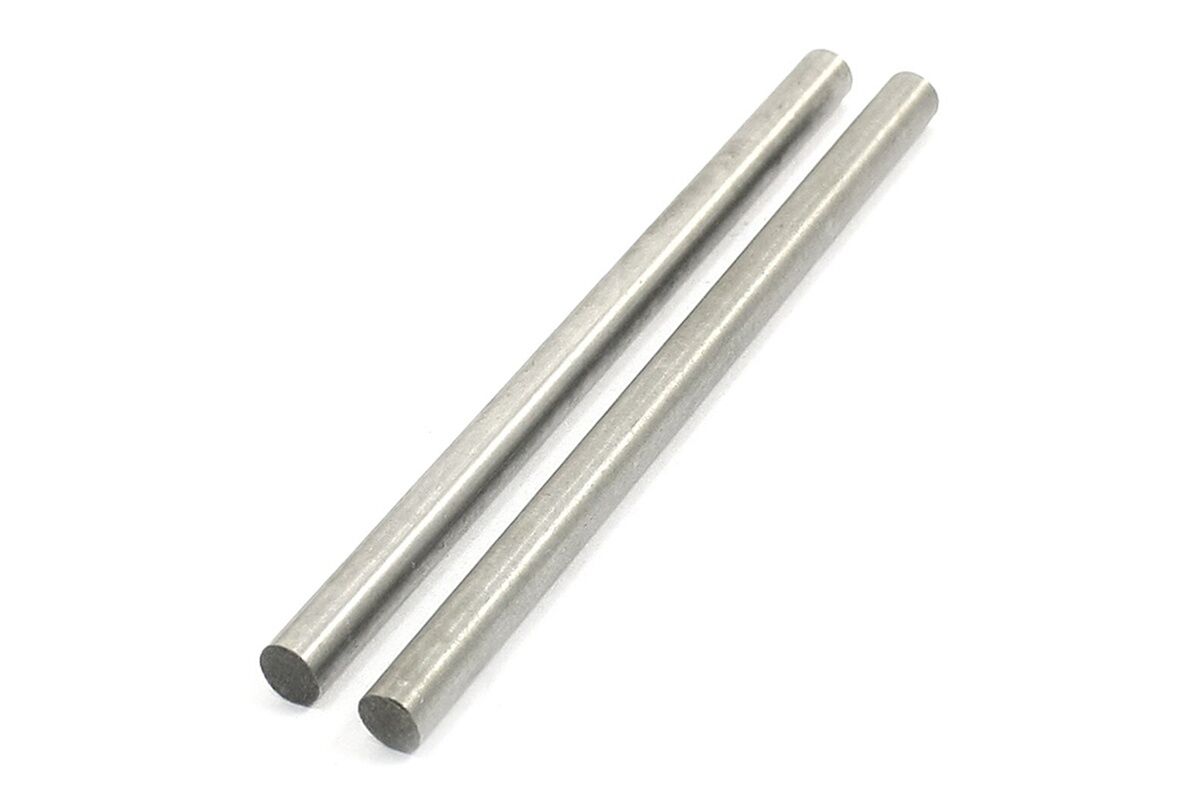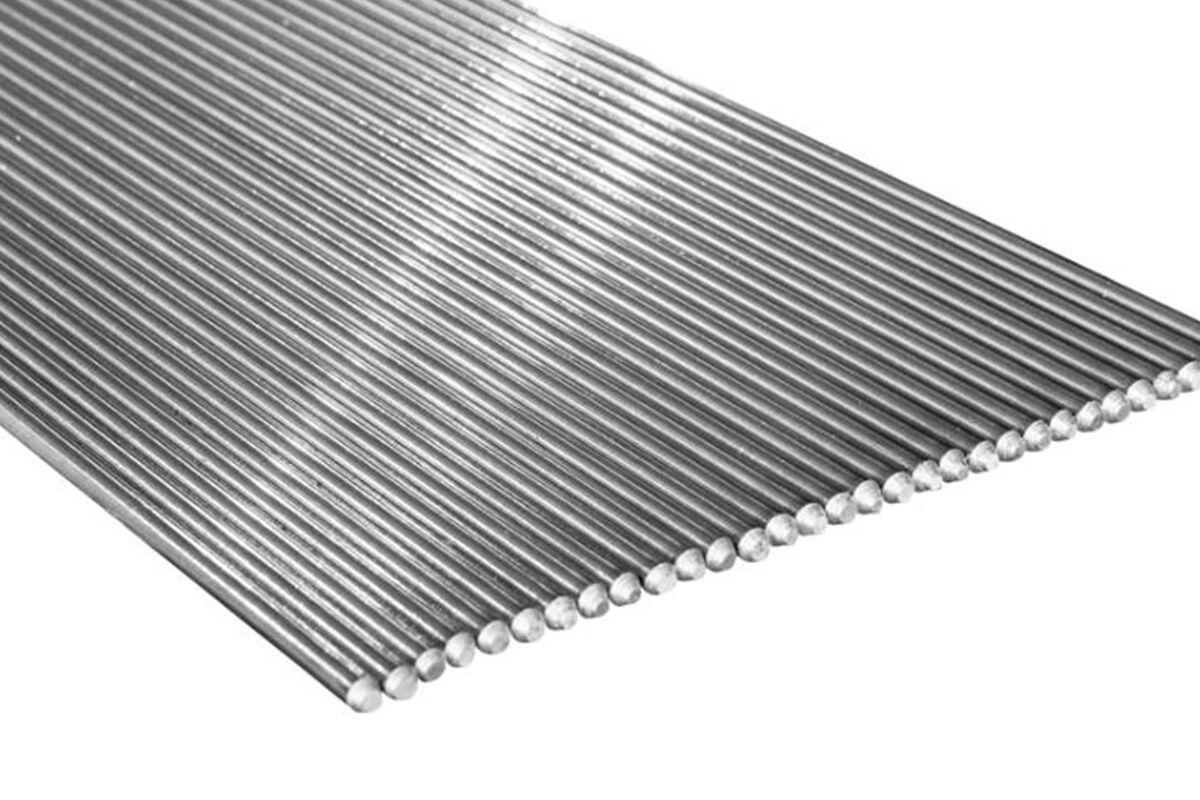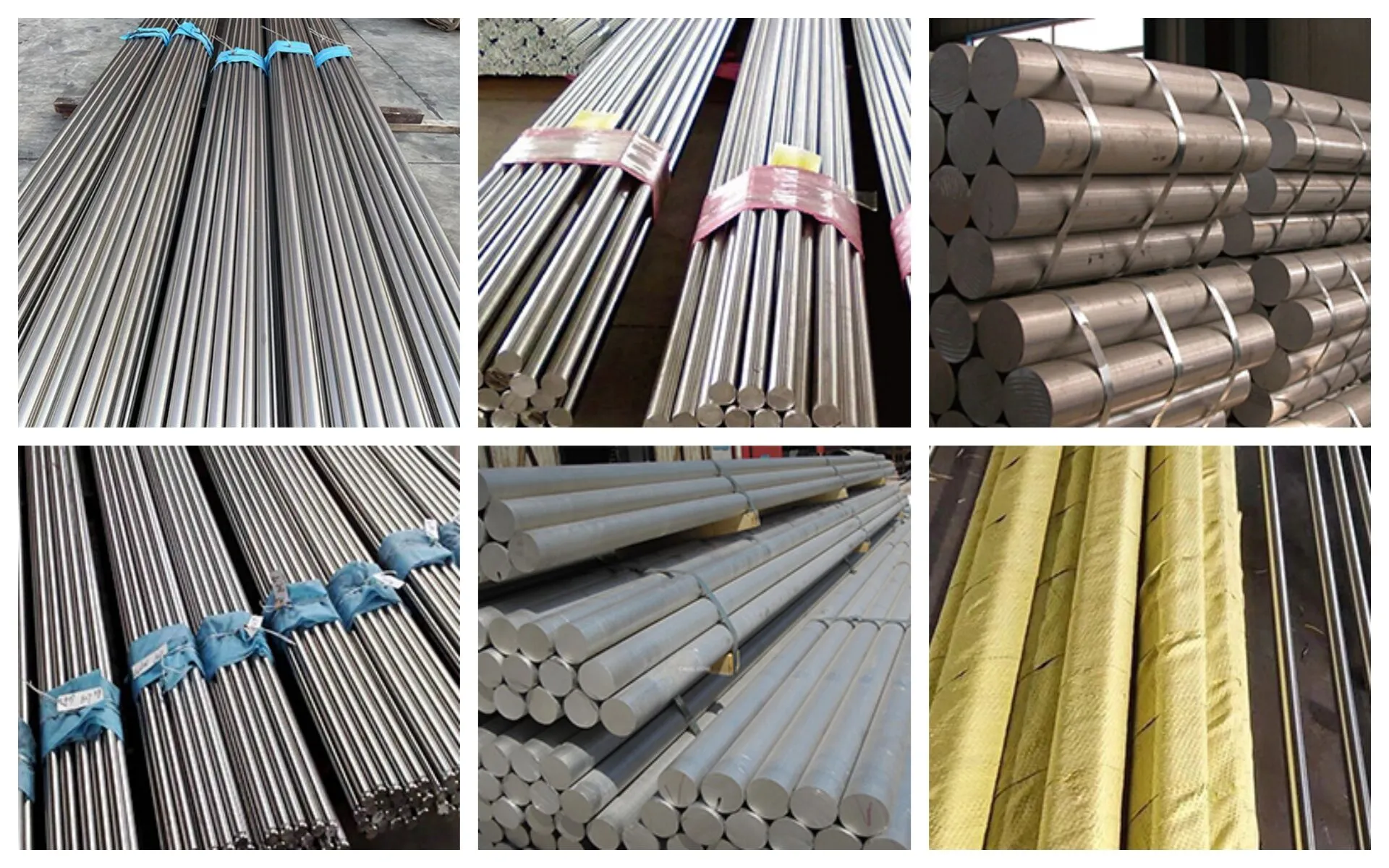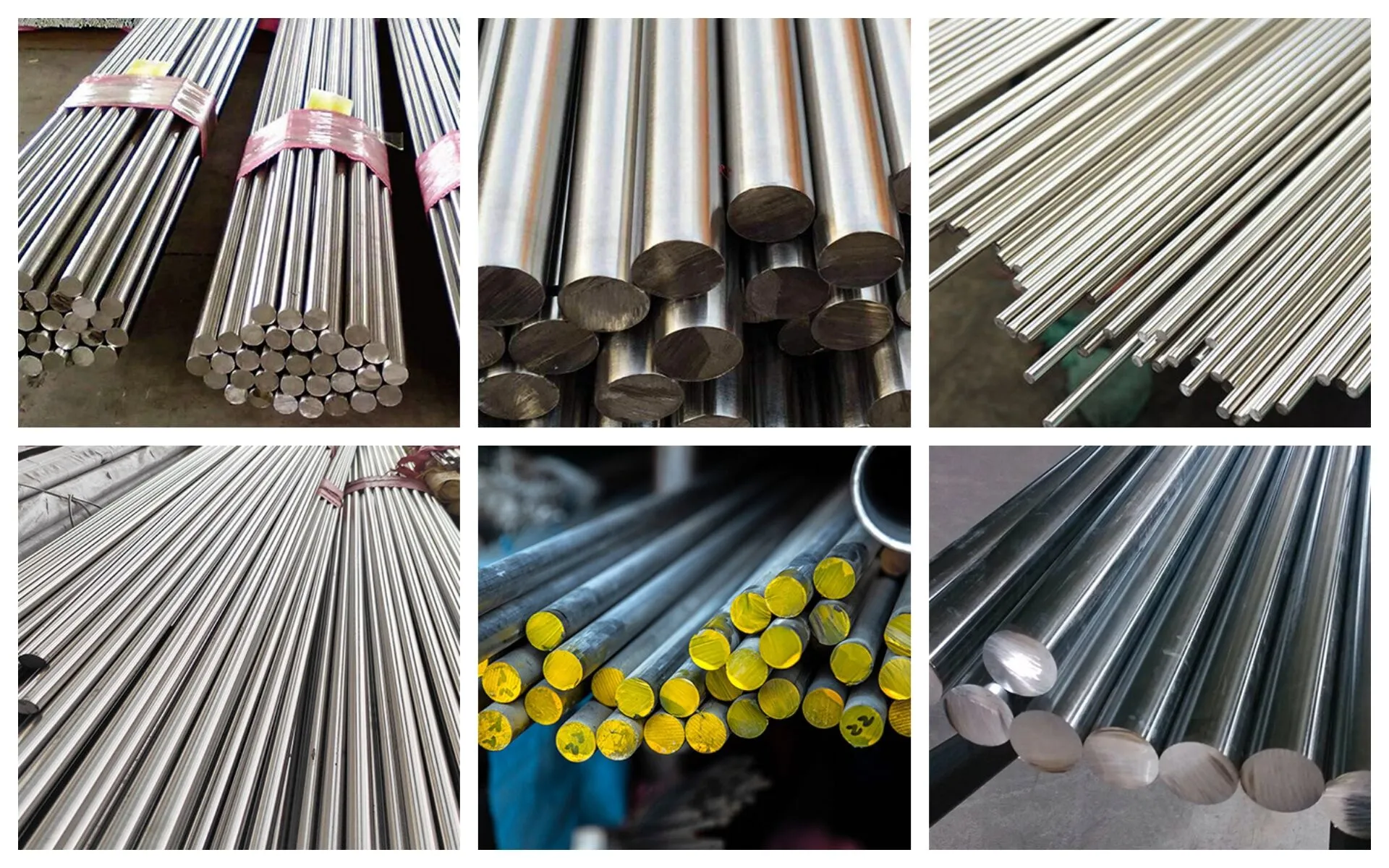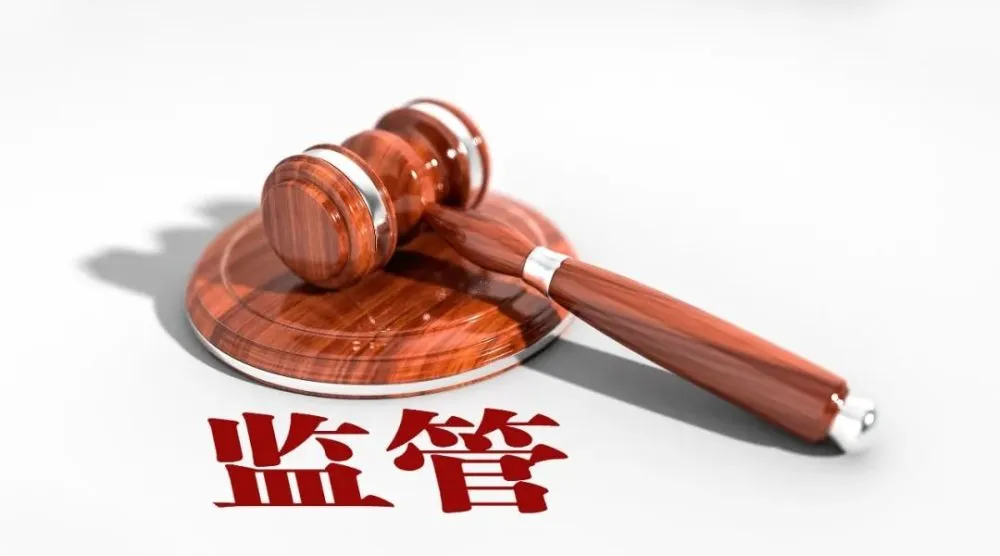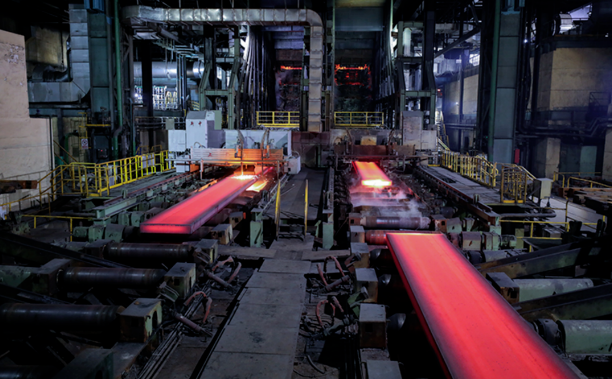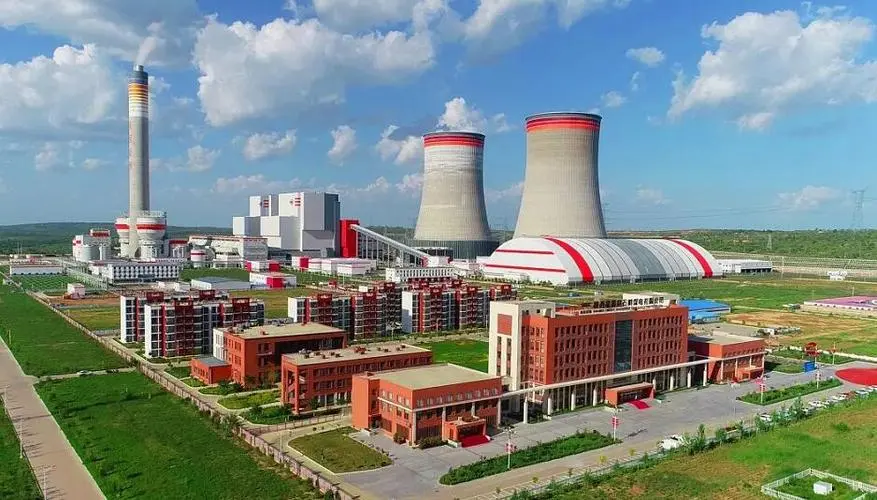
PRODUCT CENTER
CONTACT US
If you are interested in cooperation, please contact us immediately, we will give you feedback as soon as possible!
Stainless steel pipe
![]() Whatsapp : +8613176258356
Whatsapp : +8613176258356
![]() Email : [email protected]
Email : [email protected]
Product details table:
| Items | Details |
|---|---|
| Machinery Manufacturing | Used to manufacture mechanical parts such as shafts, gears, bolts, and nuts. |
| Medical Devices | Used to make medical equipment and instruments such as scalpels, surgical instruments, and implants. |
| Architectural Decoration | Used for architectural decoration projects such as railings, handrails, sculptures, and doors and windows. |
| Food Processing | Used to produce food machinery, containers, pipelines, etc., meeting food hygiene standards. |
| Chemical Equipment | Used to manufacture components of chemical equipment such as reaction kettles, pipelines, and valves. |
| Electronics and Electrical Appliances | Used to make the shells, connectors, heat dissipation components, etc. of electronic devices. |
| Quality Standards | In line with relevant domestic and international standards such as GB/T 1220, ASTM A276, JIS G4303, etc. Material reports and quality certificates can be provided. |
| Packaging Method | Plastic film packaging, woven bag packaging, wooden box packaging, etc. to prevent damage during transportation and storage. |
| Price | Subject to factors such as material, specifications, quantity, and market conditions. Please consult the sales department for specific prices. |
| Delivery Time | 3 – 7 days for regular specification products, and 10 – 20 days for customized products (the specific time is determined according to the actual order situation). |
| Payment Method | T/T (Telegraphic Transfer), L/C (Letter of Credit), etc. The specific payment method can be negotiated and determined. |
| After-sales Service | Provide technical support and solutions to quality problems. Products can be returned or exchanged in case of quality problems. |
Physical and chemical properties:
Physical properties
Appearance:
It usually presents a silvery white metallic color, with a smooth surface and high gloss. Different surface effects can be obtained through different surface treatment processes, such as mirror polishing, brushing, etc.
Density:
The density is generally between 7.93-8.00g/cm³. For example, the density of the commonly used 304 stainless steel bar is about 7.93g/cm³, and the density of the 316 stainless steel bar is about 7.98g/cm³, which is slightly higher than ordinary carbon steel.
Melting point:
The melting point is relatively high, generally around 1398-1454℃. For example, the melting point of 304 stainless steel is about 1400-1450℃, which makes it have good stability in high temperature environments.
Coefficient of thermal expansion:
The coefficient of thermal expansion is relatively small. In the range of room temperature to 100℃, the coefficient of thermal expansion of 304 stainless steel is about 17.2×10⁻⁶/℃. This feature enables it to maintain good dimensional stability in an environment with large temperature changes.
Thermal conductivity:
The thermal conductivity is poor, and its thermal conductivity coefficient is about 16 – 27W/(m・K), which is much lower than that of copper, aluminum and other metals, so it has certain thermal insulation performance.
Electrical conductivity:
It has certain electrical conductivity, but the conductivity is relatively low. The conductivity of 304 stainless steel is about 1.4×10⁶ S/m, which is only about 4% of the conductivity of copper.
Chemical properties
Corrosion resistance:
This is one of the most important chemical properties of stainless steel bars. Because a dense passivation film can be formed on its surface, this passivation film can prevent oxygen, water, etc. from contacting the metal matrix, thereby effectively preventing corrosion. For example, 304 stainless steel has good corrosion resistance in environments such as atmosphere, water and weak acids and alkalis; 316 stainless steel contains molybdenum, which is more resistant to chloride ion corrosion and is often used in marine environments or chemical environments that are exposed to chloride ions.
Antioxidation:
Stainless steel bars have good oxidation resistance at both room temperature and higher temperatures. For example, 310S stainless steel rods can withstand high temperatures in high temperature environments without being easily oxidized, and can be used in high temperature furnace tubes and other occasions.
Chemical stability:
In general chemical media, stainless steel rods have high chemical stability and are not easy to react chemically with common chemicals. However, in some specific strong corrosive media, such as concentrated nitric acid, hydrofluoric acid, etc., the corrosion resistance of stainless steel rods may be affected.
Passivation:
After the stainless steel rod is in the air or after passivation treatment, a passivation film will form on the surface. This passivation film can improve the corrosion resistance and oxidation resistance of stainless steel. Passivation treatment usually involves immersing the stainless steel rod in a solution containing an oxidant, such as nitric acid, potassium dichromate, etc., to promote the formation and repair of the passivation film.
Application:
Stainless steel bars are widely used in many fields due to their excellent corrosion resistance, high strength and good processing performance. In the field of medical devices, they are used to manufacture scalpels, implants, etc., and their sterility and biocompatibility ensure safety; in the building decoration industry, they are often used to create railings, handrails and artistic sculptures, which are beautiful and durable. In mechanical manufacturing, they can be processed into key components such as shafts and gears to ensure stable operation of equipment. In the food processing industry, food machinery and containers are made to meet hygiene standards. In addition, in the fields of chemical equipment, electronic appliances, etc., stainless steel bars are also indispensable. They are used to manufacture reactors, valves, electronic equipment housings, etc., and can adapt to complex working environments.
